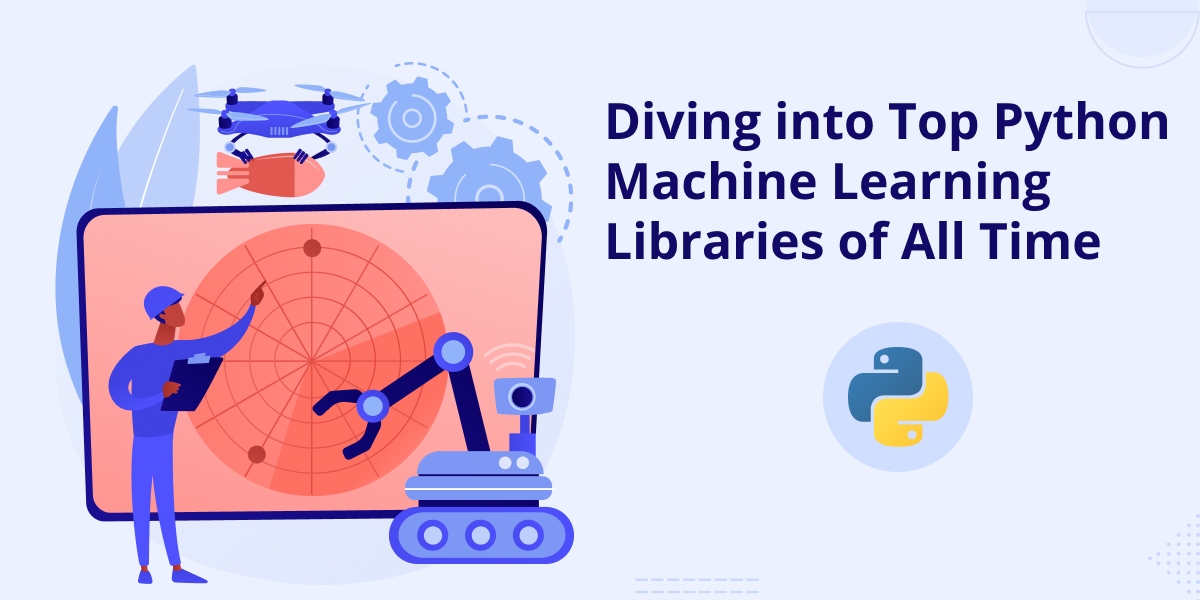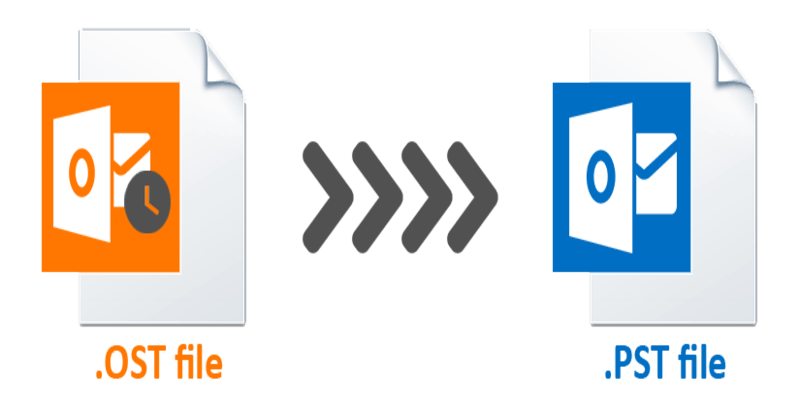The developments in the technology that we witness today can be attributed to the rise of computers and software technology that backs the computer hardware.
The software, in turn, comes to be a result of the programming languages like C++, C, JavaScript, etc. Recently Python has risen as one of the most popular programming languages due to its easy to interpret and code- syntax, and the plethora of libraries that enable the programmer to work on a wide range of fields.
Out of all the software utilities and programs that have been made through these languages, perhaps the most acclaimed product of programming is Artificial Intelligence.
Artificial Intelligence is the intelligence that machines demonstrate as a simulation of human intelligence. Just like human beings, programs are developed to cultivate skills to perform a specific job by doing it over and over again. This application of AI is called Machine Learning.
Machine Learning is a prominent field today and is being used for a wide range of applications across a number of fields. If you wonder why the advertisement that pops up while you browse the internet is similar to the stuff that you searched for previously, AI is responsible for it.
If you wonder why you are automatically fined whenever you jump a red light, it’s again AI.
While Machine Learning programming can be done in several languages, Python is the language mostly used for this purpose.
The reason behind it is that Python is easy to use and interpret, it is an open-source language with a huge community backing and it has several libraries that efficiently assist developers in their pursuits.
If you too wish to ride on the advantages of Python, start hiring dedicated Python developers and see wonders happening for you.
Here are some top Machine Learning libraries that Python offers-
1.NumPy-
NumPy is a Python library that is used to work with multidimensional arrays and matrices. It is integral to Python and provides mathematical functionalities that can be used to work with ML and Data Science.
These mathematical functionalities make complex mathematical calculations easy, especially when Matrices and Arrays come into play.
2. Theano-
Theano is a Python library that is developed on top of NumPy and is used to compile, define, evaluate, and optimize mathematical expressions necessarily involving multi-dimensional arrays.
To accelerate the computations, Theano, in addition to the CPU, also engages the GPU. The community that manages and contributes to the library is not quite big and consists of about 13 developers.
It is an open-source library developed by the Montreal Institution for Learning Algorithms (University of Montreal).
3.SciPy-
SciPy is an open-source Python library that is used for Scientific computing. SciPy has several algorithm packages and functions that support the purpose- constants, clusters, fft, integrate, and so on.
It is a part of the NumPy stack, and therefore uses multidimensional arrays. It is one of the oldest libraries being released in the year 2001.
4. Keras-
Keras is a Machine Learning library for Python that is used to build artificial neural networks and deep learning. It is designed for fast experimentation with neural networks and offers several tools that make working with image and textual data easier.
It is user-friendly and requires minimal coding to execute commands. Keras was developed in the year 2015 and apart from standard neural networks, also supports convolution and recurrent neural networks.
5.TensorFlow-
TensorFlow is relatively new, developed by Google Brain Team, and released in the year 2015. It is used for several purposes- specifically for training and inference of the Neural Networks.
It can be deployed on several devices including CPUs, GPUs, Desktops, and Mobiles. The Neural Networks essentially work on multi-dimensional arrays called Tensors, since TensorFlow is used to train the same.
6. Scikit-learn-
Scikit Learn is an open-source machine learning library for Python that is designed to operate with other libraries like NumPy, Matplotlib, and SciPy.
It offers regression, clustering, classification, pre-processing, and dimensionality reduction algorithms that are needed in developing Machine Learning and Data Science programs.
7.PyTorch-
PyTorch was developed by Facebook’s AI research lab and released in September 2016. It is open-source, based on the Torch library for scientific computing and Machine Learning. PyTorch is used for Natural Language Processing and Computer Vision applications.
Similar to NumPy, a programmer can perform operations on an n-dimensional array object using PyTorch, however, computation using PyTorch is faster as it involves GPU along with the CPU.
8. Pandas-
Pandas are primarily used for Data Analysis and Data Manipulation. Similar to the SQL programs, analysts can use Pandas to perform Data Manipulation over multiple tables and time series.
Pandas were released in the year 2008 and have provided robust analytical and manipulation tools to help Data Analysts. Data-filtering, Merging and joining Data sets, Group-by feature, Data set pivoting, etc. are some of the features that Pandas offer.
9. Matplotlib-
Matplotlib is a popular Python library primarily used for Data Visualization in 2- Dimensions. Although not directly related to Machine Learning, it is very essential for Data Science and Analysis which is an integral part of Machine Learning.
Programmers and Analysts can use Matplotlib to plot graphical patterns in the form of histograms, bar charts, Pie-chart, Line charts, etc. using features to control line styles, font properties, formatting axes, and so on.
10. Light GBM-
LightGBM is an abbreviation for Light Gradient Boosting Machine. It is an open-source library developed by Microsoft and was first released in the year 2016.
The library is primarily used to develop prediction models for Machine Learning programs. LightGBM makes models in the form of decision trees and uses histogram-based algorithms to speed up the training process while reducing memory usage.
Conclusion-
Python is a popular language for general programming and in recent years, its popularity has grown significantly as an ML programming language.
If you are planning to pursue a career in Machine Learning and Artificial Intelligence you will certainly come across this subject and the above-mentioned libraries.
Though the field is developing rapidly and so are the related tools, studying the above-mentioned libraries and their utility is definitely worthwhile.





